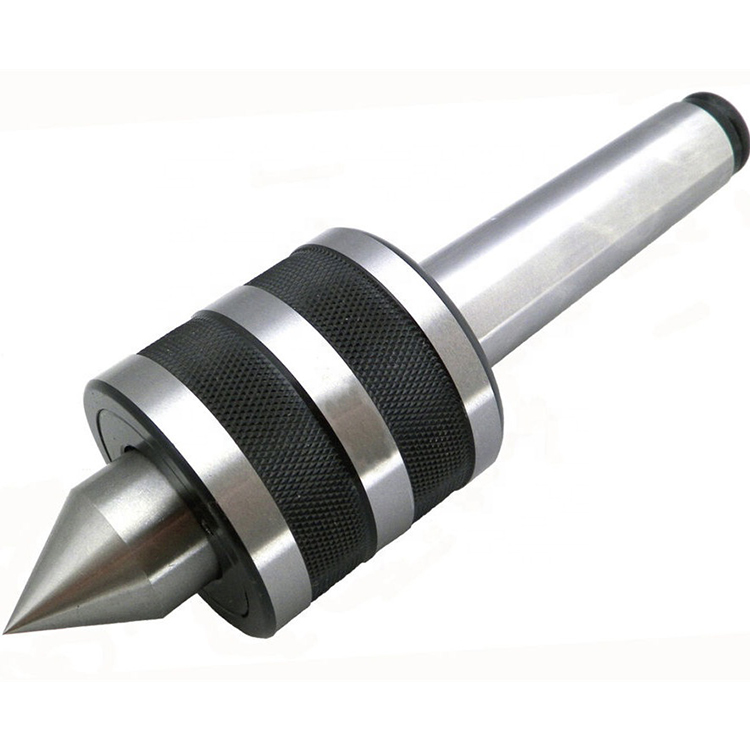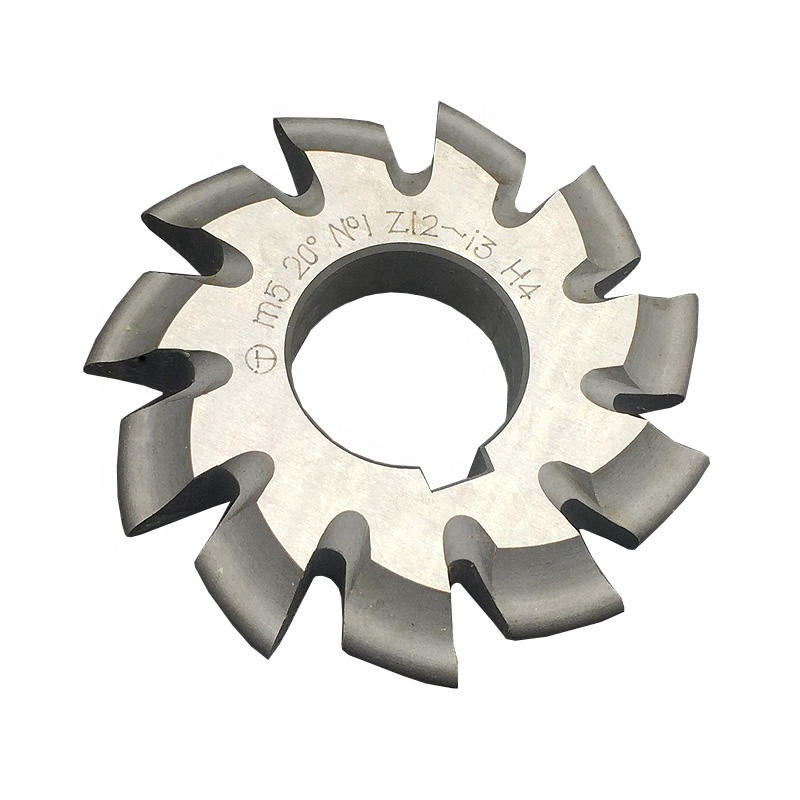adjustable hand reamer
Adjustable hand reamers are invaluable tools for achieving precise hole sizing and smooth finishes in various materials. This guide explores their types, uses, selection criteria, and maintenance, offering practical insights for achieving optimal results and extending tool life.What is an Adjustable Hand Reamer?An adjustable hand reamer is a manually operated cutting tool designed to enlarge or refine existing holes to very precise dimensions. Unlike fixed reamers, adjustable hand reamers allow for slight diameter adjustments within a specific range, making them versatile for fitting components with close tolerances.Key Features Adjustable Diameter: The defining feature, allowing for fine-tuning of the hole size. High Precision: Capable of achieving very accurate hole diameters and smooth surface finishes. Manual Operation: Requires hand power, providing greater control for delicate or intricate work. Cutting Edges: Multiple cutting edges ensure even material removal and a clean hole.Types of Adjustable Hand ReamersWhile the basic principle remains the same, adjustable hand reamers come in different designs to suit specific applications.Straight Blade Adjustable Hand ReamersThese are the most common type, featuring straight cutting blades that run parallel to the reamer's axis. They are suitable for general-purpose reaming in various materials. Wayleading Tools offers a wide selection of these reamers.Spiral Blade Adjustable Hand ReamersSpiral blade reamers have cutting edges that are angled relative to the reamer's axis. This design promotes smoother cutting action, reduced chatter, and improved chip evacuation, especially in harder materials. The spiral design also helps to pull the reamer into the hole, requiring less manual force.Tapered Adjustable Hand ReamersDesigned specifically for creating tapered holes, these reamers feature a conical shape with adjustable blades. They are commonly used in automotive and plumbing applications for fitting tapered pins or pipe threads.Applications of Adjustable Hand ReamersAdjustable hand reamers are widely used in various industries and applications where precision hole sizing is critical.MetalworkingIn metalworking, adjustable hand reamers are used to enlarge drilled or bored holes to precise dimensions, ensuring proper fit for bearings, bushings, dowel pins, and other components.AutomotiveAutomotive technicians use adjustable hand reamers for tasks such as resizing piston pin bores, valve guide holes, and brake cylinder bores.WoodworkingWhile less common than in metalworking, adjustable hand reamers can be used in woodworking for creating precisely sized holes for dowels, pins, and other joinery elements. They're particularly useful when working with hardwoods that require a very clean and accurate hole.PlumbingTapered adjustable hand reamers are essential for preparing pipe fittings for soldering or brazing, ensuring a leak-proof seal.Selecting the Right Adjustable Hand ReamerChoosing the right adjustable hand reamer depends on the specific application and material being worked with. Here are some key considerations:Size RangeSelect a reamer with an adjustment range that encompasses the desired hole size. It's always best to choose a reamer where your target size is near the middle of the adjustment range for optimal performance.MaterialConsider the material of the workpiece. High-speed steel (HSS) reamers are suitable for most materials, while carbide reamers are preferred for harder materials like hardened steel or cast iron. Wayleading Tools’ high-speed steel reamers are known for their durability.Blade TypeChoose between straight or spiral blades based on the material and desired finish. Spiral blades are generally preferred for harder materials and smoother finishes.QualityInvest in a high-quality reamer from a reputable manufacturer. A well-made reamer will provide more accurate results, last longer, and be easier to adjust.Using an Adjustable Hand Reamer: A Step-by-Step GuideUsing an adjustable hand reamer effectively requires proper technique and attention to detail. Preparation: Securely clamp the workpiece in a vise or other suitable fixture. Ensure the hole to be reamed is clean and free of burrs or debris. Adjustment: Adjust the reamer to the desired diameter using the adjustment nut or screw. Use a micrometer or caliper to verify the setting. Lubrication: Apply cutting oil or lubricant to the reamer's cutting edges and the hole to be reamed. Insertion: Carefully insert the reamer into the hole, ensuring it is aligned properly. Reaming: Apply steady, even pressure and rotate the reamer clockwise. Avoid excessive force, which can damage the reamer or the workpiece. Chip Removal: Periodically remove the reamer and clean away any accumulated chips. Reapply lubricant as needed. Verification: After reaming, check the hole diameter with a micrometer or caliper to ensure it meets the required specifications.Maintenance and CareProper maintenance is crucial for extending the life and performance of your adjustable hand reamer.CleaningAfter each use, clean the reamer thoroughly with a brush and solvent to remove any chips, debris, or cutting fluid. Dry the reamer completely before storing it.LubricationApply a light coat of oil to the reamer's cutting edges to prevent rust and corrosion.StorageStore the reamer in a protective case or sleeve to prevent damage to the cutting edges.SharpeningIf the reamer becomes dull, it can be sharpened by a professional tool sharpener. Attempting to sharpen an adjustable hand reamer without the proper equipment and expertise can damage the tool. Consider exploring Wayleading Tools for replacement reamers if sharpening isn't feasible.Troubleshooting Common ProblemsEven with proper technique, you may encounter some common problems when using adjustable hand reamers.Oversized HoleIf the hole is larger than desired, it may be due to excessive pressure, improper adjustment, or a dull reamer. Double-check the adjustment, use less force, and consider sharpening or replacing the reamer.Poor Surface FinishA rough or uneven surface finish can be caused by a dull reamer, insufficient lubrication, or excessive speed. Ensure the reamer is sharp, use plenty of cutting oil, and reduce the rotation speed.ChatterChatter, or vibration during reaming, can result from a loose workpiece, excessive speed, or a worn reamer. Secure the workpiece firmly, reduce the speed, and inspect the reamer for wear or damage.Where to Buy Adjustable Hand ReamersAdjustable hand reamers are available from various sources, including: Online Retailers: Websites like Amazon, eBay, and specialty tool suppliers offer a wide selection of adjustable hand reamers. Industrial Supply Stores: Grainger, McMaster-Carr, and other industrial supply stores carry a range of reamers from various manufacturers. Tool Manufacturers: Some tool manufacturers sell directly to consumers through their websites or authorized distributors. Consider brands like Wayleading Tools, known for their quality and precision.Cost ConsiderationsThe cost of an adjustable hand reamer can vary depending on the size, material, and brand. Generally, you can expect to pay anywhere from $20 for a small, basic reamer to over $100 for a larger, high-quality reamer. Carbide reamers are typically more expensive than HSS reamers. Factor in the cost of cutting oil and sharpening services when budgeting for your reaming needs.Adjustable Hand Reamer: Data TableHere's a comparison table showcasing different adjustable hand reamer materials and their typical applications: Material Typical Applications Advantages Disadvantages High-Speed Steel (HSS) General-purpose reaming, steel, aluminum, plastics Good balance of hardness and toughness, cost-effective Not suitable for very hard materials Carbide Hardened steel, cast iron, abrasive materials High hardness and wear resistance, excellent for abrasive materials More brittle than HSS, more expensive ConclusionAdjustable hand reamers are indispensable tools for achieving precise hole sizing and smooth finishes. By understanding their types, applications, selection criteria, and maintenance requirements, you can choose the right reamer for your needs and use it effectively to achieve optimal results.
Related products
Related products
Best selling products
Best selling products-
 R8 Drill Chuck Arbor For Milling Machine
R8 Drill Chuck Arbor For Milling Machine -
 DIN6537L Metric Solid Carbide Twist Drill With Internal Coolant & External Coolant
DIN6537L Metric Solid Carbide Twist Drill With Internal Coolant & External Coolant -
 Precision Expanding Mandrel From 9/16″ to 3-3/4″
Precision Expanding Mandrel From 9/16″ to 3-3/4″ -
 Partial profile 60° Threading Insert With ER & IR Type
Partial profile 60° Threading Insert With ER & IR Type -
 Precision Outside Micrometer With digit Counter Of Inch & Metric With Rachet Stop
Precision Outside Micrometer With digit Counter Of Inch & Metric With Rachet Stop -
 Type E Oval Tungsten Carbide Rotary Burr
Type E Oval Tungsten Carbide Rotary Burr -
 MT/R8 Shank Quick Change Tapping Chuck With MT & R8 Shank
MT/R8 Shank Quick Change Tapping Chuck With MT & R8 Shank -
 QM ACCU-Lock Precision Machine Vises With Swivel Base
QM ACCU-Lock Precision Machine Vises With Swivel Base -
 Precision 8pcs & 9pcs Angle Blocks Set With High Quality Type
Precision 8pcs & 9pcs Angle Blocks Set With High Quality Type -
 Precision V Block Set With M Type
Precision V Block Set With M Type -
 Deburring Tool Holder For The Deburring Tool Blades
Deburring Tool Holder For The Deburring Tool Blades -
 Precision V Block Set With High Quality Type
Precision V Block Set With High Quality Type











